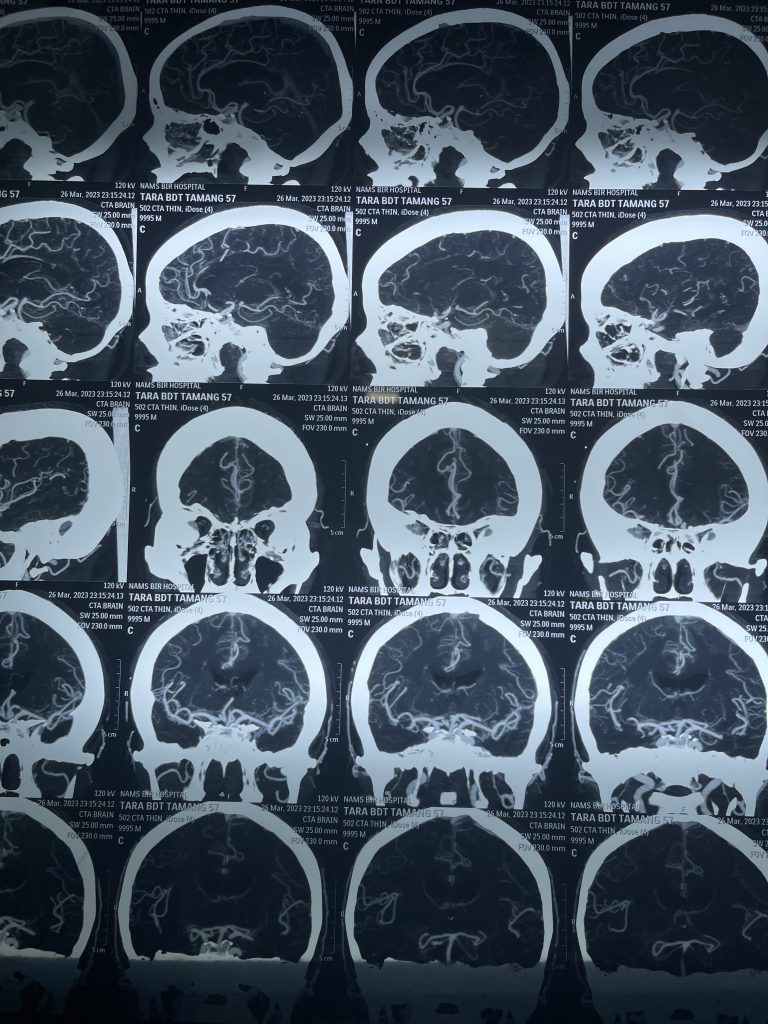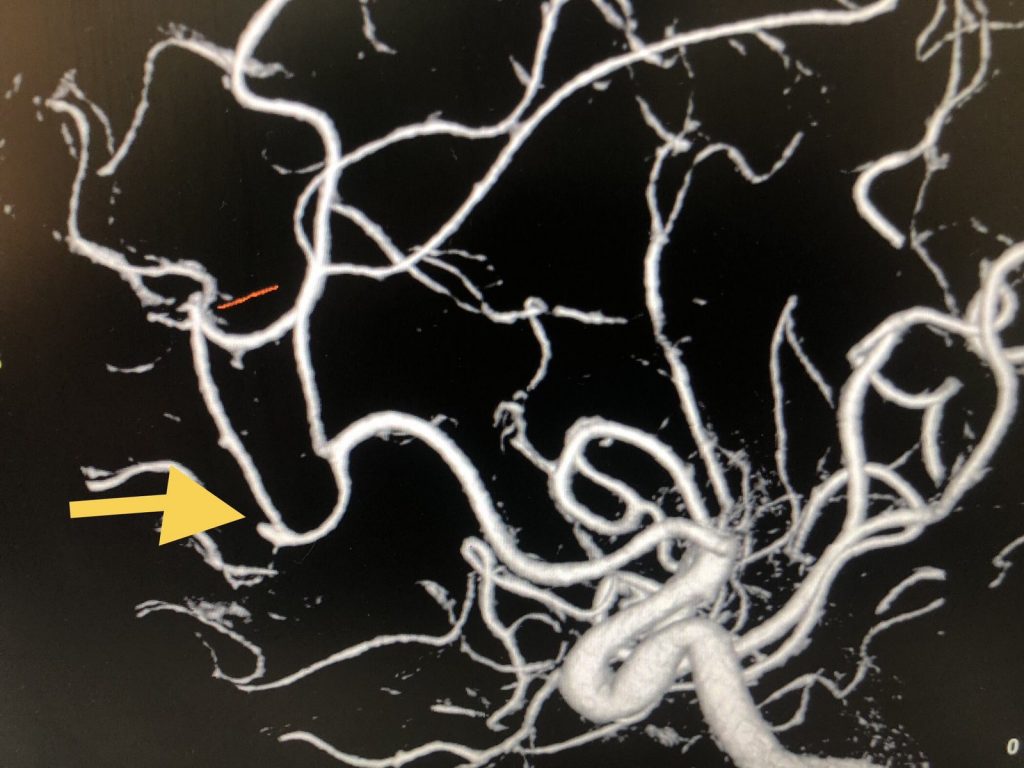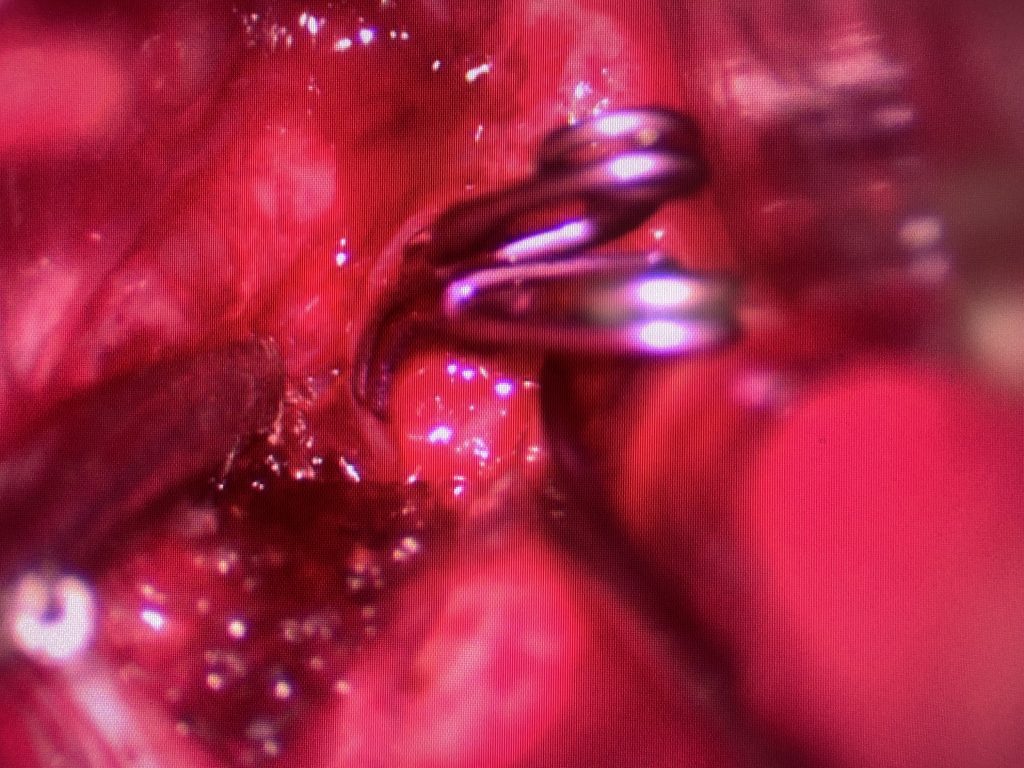



Clipping of distal anterior cerebral artery (DACA) aneurysms can be a challenging procedure due to the complex anatomy and location of the blood vessels in the brain. Some of the challenges that may arise during the procedure include:
- Location: DACA aneurysms are located deep within the brain, and their proximity to critical brain structures can make it difficult for the surgeon to access and clip the aneurysm without damaging surrounding tissue.
- Size and shape: DACA aneurysms can be irregularly shaped or have a wide base, which can make it difficult to place a clip securely without the risk of recurrence or rupture.
- Perforating arteries: The anterior cerebral artery supplies blood to important structures in the brain, including the corpus callosum and basal ganglia. Careful attention must be paid to the small branches, or perforating arteries, that supply blood to these areas, as damage to these vessels can result in significant neurological deficits.
- Anatomical variations: The anatomy of the anterior cerebral artery can vary from person to person, and the surgeon must be prepared to adapt to these variations during the procedure.
- Complications: As with any surgical procedure, there is a risk of complications such as bleeding, infection, and stroke.
To minimize these challenges, the surgeon need to use advanced imaging techniques such as 3D angiography to better visualize the blood vessels and plan the procedure. In some cases, the surgeon may also use intraoperative monitoring techniques to assess the function of critical brain structures during the procedure. Overall, successful clipping of DACA aneurysms requires a skilled and experienced team of neurosurgeons and support staff.